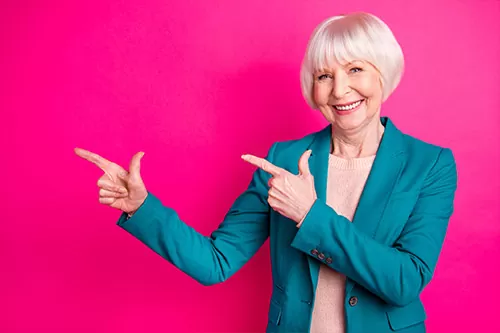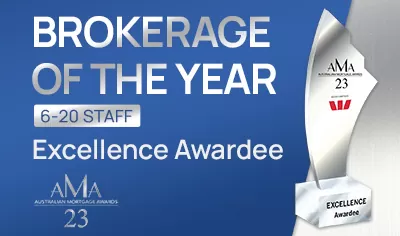What is a Seniors First Reverse Mortgage
Learn how does a Reverse Mortgage work and more


FREE guide from Seniors First. Downloaded by thousands of Australians since its introduction in 2008.
What is a Reverse Mortgage
Reverse Mortgages are loans for pensioners and retirees designed specifically for older borrowers who are typical ‘asset rich’ but ‘cash poor’.
Known variously as ‘senior’s loans’, ‘reverse home loans’, and ‘senior’s finance’, Reverse Mortgages are the most popular form of home equity release in Australia.
Reverse Mortgages allow people from the age of 55 to convert the equity in their property into cash for any worthwhile purpose. No income is required to qualify.
Although interest is charged like any loan, the borrower is not required to make repayments (although they can usually make voluntary payments if they wish).
Reverse Mortgage cost considerations
Here are the things you need to consider before you take out a home equity loan:
What are the benefits of a Reverse Mortgage
Cash for Retirement
You can use the money for almost anything that will help you enjoy your golden years.
No Need to Move Out
Stay in your home for as long as you want
Retain Ownership
Any potential increase in property value will still be in your name.
No Monthly Repayments
You may choose to pay the loan from the future sale of your home.
No Negative Equity Guarantee*
You and your home are protected subject to T&Cs.
Flexible Drawdown Options
You can access the loan as a lump sum, cash reserve, or regular income.
What’s the difference between Reverse Mortgage and standard mortgage?
A Reverse Mortgage has the following qualities:

What our clients say...
Frequently asked questions
Allow about $1,500 – $2,000 in total to establish your Reverse Mortgage loan.
This amount includes the main costs such as the lender application fee, government charges, legal advice fees, and any broker fees.
This is an estimate only; you could pay more depending on the circumstances. If you are low on cash, you can usually pay these Reverse Mortgage costs from the loan proceeds.
Reverse Mortgage lenders now offer a ‘line of credit’ option.
This is a very positive development that empowers the borrower with complete control over when they take the funds and how much.
You can have all the funds available all of the time, but you attract ZERO interest until you need to use it, and then only on the money you draw. This is great for emergencies and unexpected costs.
The Reverse Mortgage loan is due for payment when you pass away. If your estate or heirs cannot pay the loan, the lender may put the property on sale.
Interestingly, all Reverse Mortgage lenders are now required by law to provide a guarantee that should the debt grow to such level over time that it exceeds the value of the security property realised at the sale. Neither the borrower nor beneficiaries of the estate can be pursued for this shortfall after the sale has been concluded (as long as the borrower is not in default of the loan contract).
Put simply, if the sale of the security property is not enough to cover the debt, the lender wears the loss.
In addition, the lender cannot force the borrower from the property if they think the debt may have grown to a level where a shortfall may occur.
If you wish to access the equity in your home, the main alternative to Reverse Mortgage is still to sell and downsize your home. However, such a transaction will necessarily incur substantial transfer costs such as stamp duty and agent fees, and you may be required to move away from your neighbourhood into a cheaper suburb.
Other product alternatives to Reverse Mortgages are emerging increasingly.One alternative is the ‘home reversion schemes’ where you can sell a share of your home in return for cash. This may allow you to stay in your home without selling or accumulating debt.Home reversion schemes in Australia are not yet widely available. To enquire about home reversion schemes and other alternatives to reverse mortgages, complete this form.
It is possible in many cases to structure your Reverse Mortgage or equity release plan so that it does not reduce the amount of pension income you currently receive. However, the outcome will depend on your individual circumstances and Seniors First is not permitted to advise you in this regard. ALL borrowers in receipt of government pension are directed to speak with a Financial Information Services officer at a Centrelink office before applying.
Some lenders offer an option called ‘Protected Equity’, which guarantees that a requested proportion of equity is preserved for beneficiaries (it also means you can’t borrow as much). If you choose a loan without protected equity, then the amount of equity you will leave will be determined by the following factors:
- The term of the loan/how long you live
- Interest rate movements
- Growth rates in the value of your property
Although the interest will accumulate and compound, based on the past trends, your property should also increase in value over time, offsetting the increasing loan balance.







